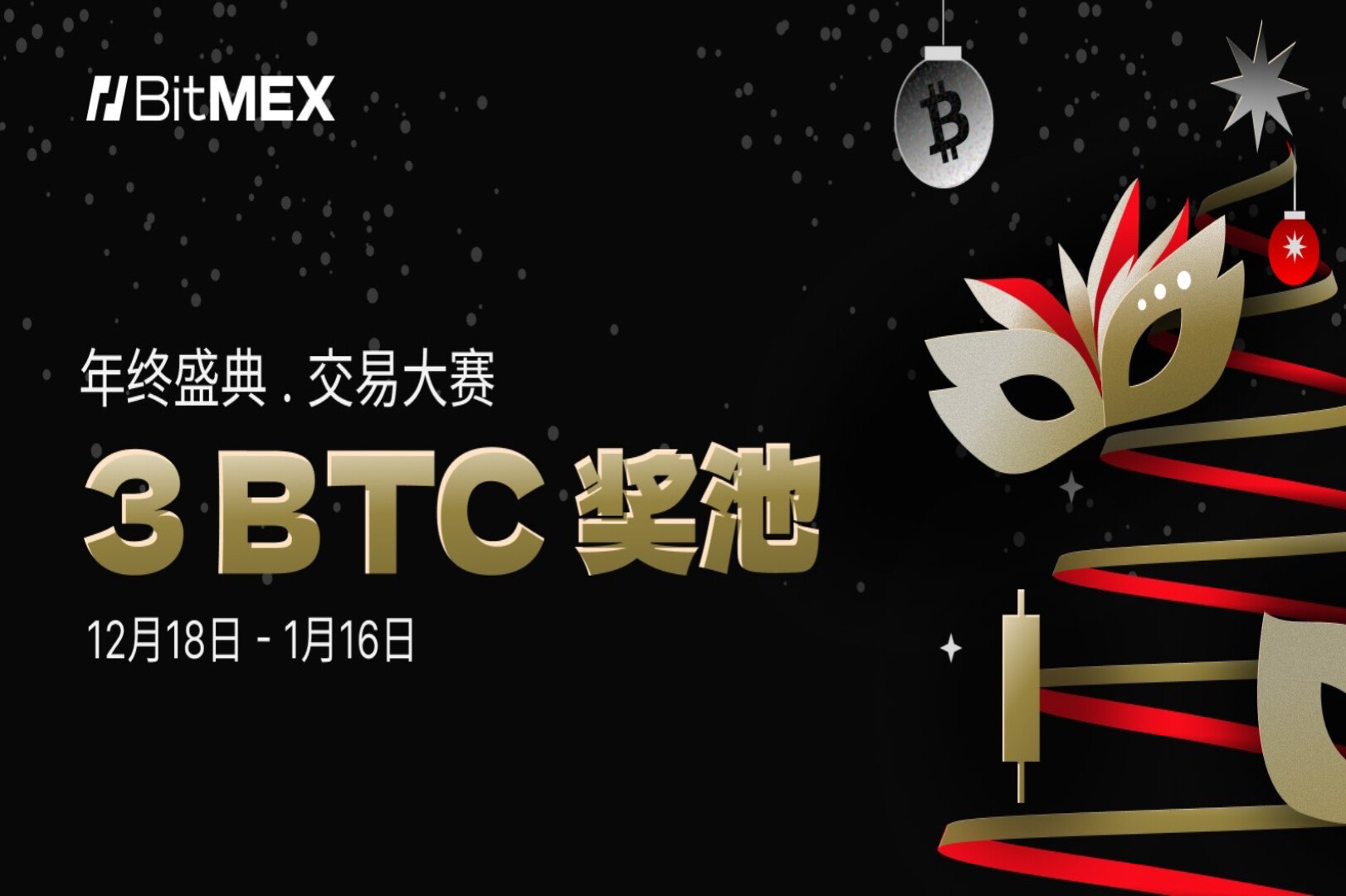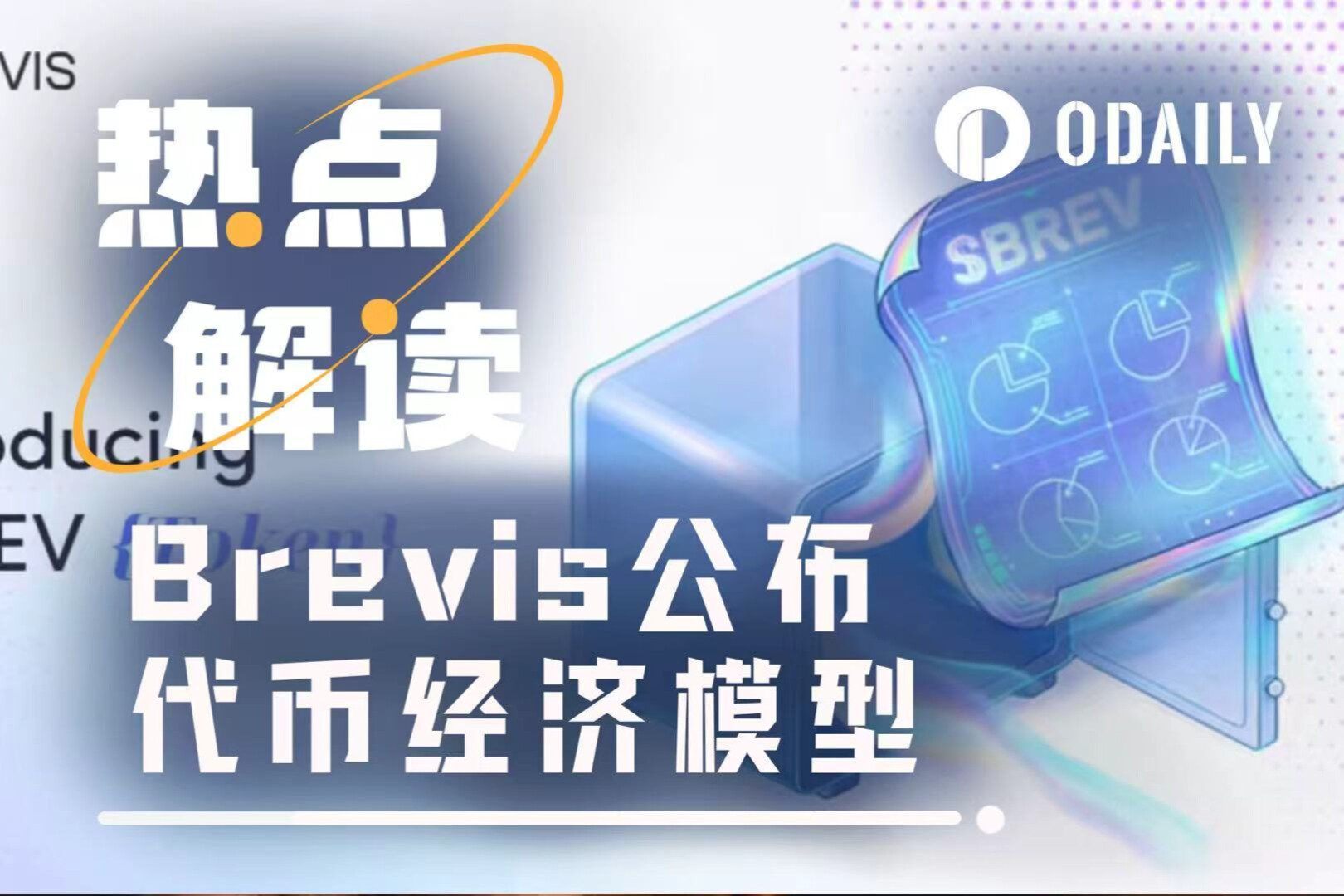
Odaily Planet Daily reports that Morgan Stanley strategists point out that the US economy may be experiencing a "jobless productivity boom," which would curb inflation and open the door for further interest rate cuts by the Federal Reserve. Data from the US Department of Labor shows that hourly output from all non-farm workers increased by 3.3% year-on-year in the second quarter, a significant improvement from the 1.8% year-on-year decline in the previous quarter. Investors' expectations for the pace of Fed rate cuts next year are more aggressive than official forecasts. According to the CME FedWatch tool, Fed officials expect only one rate cut in 2026, but investors believe there is a 72% probability of a rate cut by the end of the year. (Jinshi)
Odaily Planet Daily reports that the People's Bank of China (PBOC) held a press conference to interpret the "Opinions on Financial Support for Accelerating the Construction of the Western Land-Sea New Corridor." At the conference, Wang Xin, Director of the Research Bureau of the PBOC, stated that the "Opinions" grasp the new trends in international cooperation such as digital finance and green finance, and innovatively drive high-level financial opening-up in the central and western regions. For example, it supports provinces and municipalities along the corridor to participate in multilateral central bank digital currency bridge projects, promoting the use of central bank digital currencies in cross-border payments; and supports strengthening cooperation based on the China-Singapore Green Finance Working Group mechanism in areas such as the formulation and application of green finance standards, green financial products, and financial support for green technologies. (The Paper)
According to Castle Labs, L1 tokens have generally performed poorly this year, with TON down 73.8%, AVAX down 67.9%, SUI down 67.3%, SOL down 35.9%, ETH down 15.3%, and HYPE down 6.5%. Only BNB and TRX recorded positive gains of 18.2% and 9.8%, respectively.
































